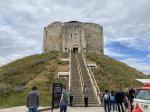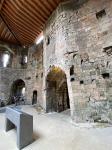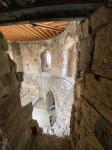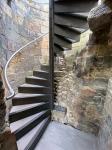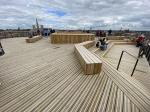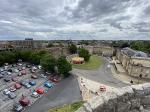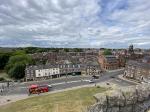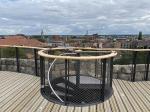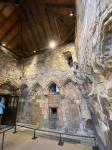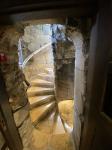Cliffords Tower
Standing as a proud symbol of the power of England's medieval kings, the tower was originally built by William the Conqueror to subdue the rebels of the north, it was twice burned to the ground, before being rebuilt by Henry III in the 13th century. The tower takes its name from one grisly incident in its long history, when Roger de Clifford was executed for treason against Edward II and hanged in chains from the tower walls. With its sweeping panoramic views of York and the surrounding countryside, it isn't hard to see why Clifford's Tower played such a crucial role in the control of northern England.
Clifford's Tower is the largest remaining part of York Castle standing today and has sat at the heart of the city since the Norman Conquest. Over the years it has been a royal mint, a medieval stronghold and a garrison during the Civil Wars. In 1190, one of the worst anti-Semitic massacres of the Middle Ages took place on the site of the tower when York’s Jewish community were trapped there by a violent mob and many Jews chose to commit suicide rather than be murdered.
Today, following vital conservation work and improvements, including a new roof deck and internal walkways it offers amazing views over York's historic skyline, with its medieval buildings and famous Minster. Inside, the new walkways and staircases have opened up parts of the tower that have been off-limits for centuries and helps to create a picture of what it was like back in Norman times.
It is definitely well worth a visit, I found the whole tour interesting and informative, though you need to be reasonably agile and not have a fear of heights as the 55 steps leading up to the main entrance can be quite a challenge for some people, let alone the spiral steps to the roof inside the tower.
|









